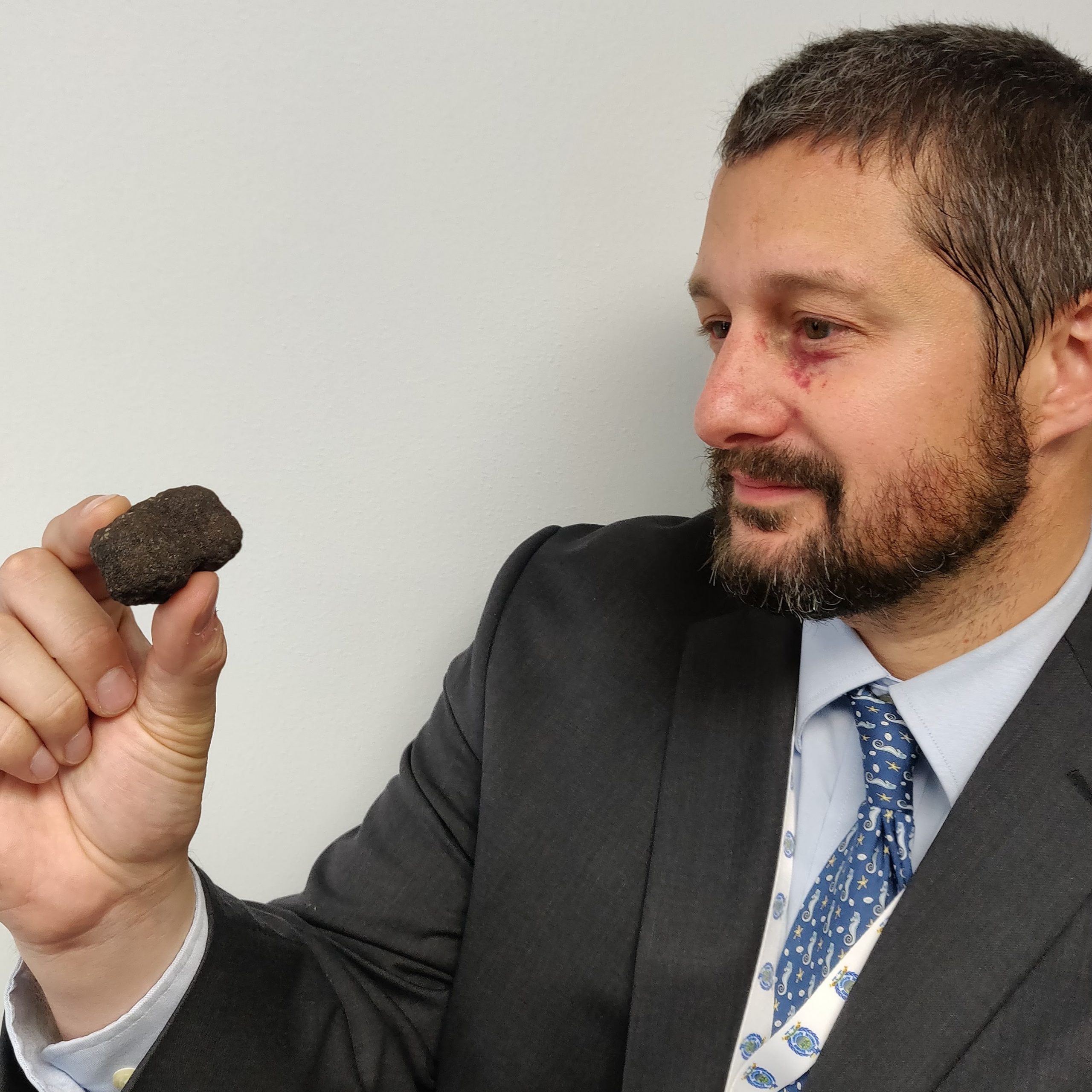Transcript provided below.
Flotsam: big news from the bottom of the sea
The hurricane is over but the fallout from the President’s Alabama Stammer continues. A furious week of investigation revealed that not only did the Secretary of Commerce himself order the Agency to release an unsigned memo supporting the bizarre gaffe, but threatened NOAA employees with termination if they contradicted the incomprehensible statement. As the pushback from career civil servants grew, political appointees within NOAA learned that it is unwise to play a game of chicken with the folks who fly planes into hurricanes.
NOAA Chief Scientist Craig McLean opened a full investigation into what we are apparently calling Sharpiegate, three former NOAA heads condemned the administration’s actions, and the rank and file at NOAA are fighting back against this brazen violation of the public trust.
What started as run-of-the-mill Trumpian nonsense has turned into a full blown scandal. Not wanting to be left out of the action, the US House of Representatives has also launched a probe into Secretary Ross’s behavior.
Can deep-sea mining save the world? The folks invested heavily in the advancement of the industry certainly want you to think that. And they might even be right, maybe. The deep sea is still largely unexplored and impacts to the seafloor and how those might percolate out across the ocean remain very poorly understood.
Rockstar marine biologist, Dr. Diva Amon, gave an interview with Mongabay about the future of the deep sea, the thrill of discovery, and the role mining might play in a sustainable future. And here’s a plug for Diva and my latest deep-sea paper, where we went through the last 40 years of deep-ocean exploration to untangle the history of biodiversity at hydrothermal vents.
Jetsam: what bubbled up this week
The MV Golden Ray, a South Korean car carrier enroute to the Middle East with a load of 4,000 Kias and Hyundais capsized soon after departing port in Georgia. The last trapped crew members were rescued earlier this week and the foundered vessel has, of course, become a tourist attraction.
Thrill-seeking investor Victor Vescovo has completed his Five Deeps expedition, becoming the first person to dive the deepest trenches in all 5 oceans. Which is a thing, I guess. His team, however, expressed frustration that the media ran with a story about finding plastic at the bottom of the Mariana Trench, when it was really documented elsewhere. It’s easy to see how that mistake could be made, when the Five Deeps team included the Mariana Plastic Claim in their own press release.
Scientists shocked the world by revealing that the iconic electric eel is actually 3 separate species, one of which can generate up to 860 volts. Electric eels are not really eels, they’re just rather eel-shaped fish, and it’s not the volts that kill you, it’s the amps.
The investigation into the sinking of the Conception continues. Salvagers raised the wreck from the bottom and recovered the remaining bodies. While initial examination suggests that an electrical fire triggered by charging too many devices on overloaded circuits ignited the blaze, reports also indicate that crew members were asleep during the required night watch.
And Greenpeace protestors blocked the Upper Houston Shipping Channel by dangling from the channel overpass, preventing ships from accessing 5 major oil refineries on the day of the Democratic debates.
Lagan: science news that’s peer-reviewed
It’s been almost a decade since the Deepwater Horizon disaster poured millions of gallons of crude into the Gulf of Mexico. In a paper published last month, Craig McClain and his team identified persistent and substantial impacts of the Deepwater Horizon oil spill on deep-sea megafauna. Those animals most common to the deep benthos were absent around the well head, despite the presence of hard, topological complex structures for them to settle on. The wellhead may have been capped, but the damage to the deep seafloor endures.
Driftwood: what we’re reading on dead trees
This week I’m reading Chesapeake Requiem by Earl Swift, a portrait of the centuries-old crabbing community of Tangier, whose island is slowly vanishing due to erosion and sea level rise. I’ve also had the privilege of visiting Tangier and seeing first-hand just how much of the island has vanished in the last 50 years.
Thanks for watching. Don’t forget to click that like button, ring the ship’s bell, and hit subscribe. If you want to see more of the Weekly Salvage, consider supporting me on Patreon at the link over there.


